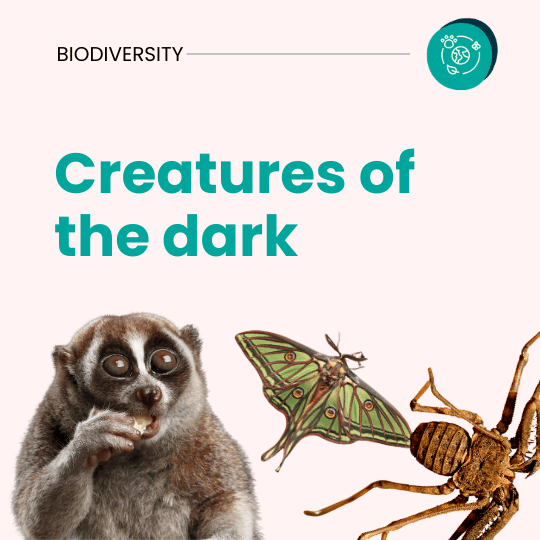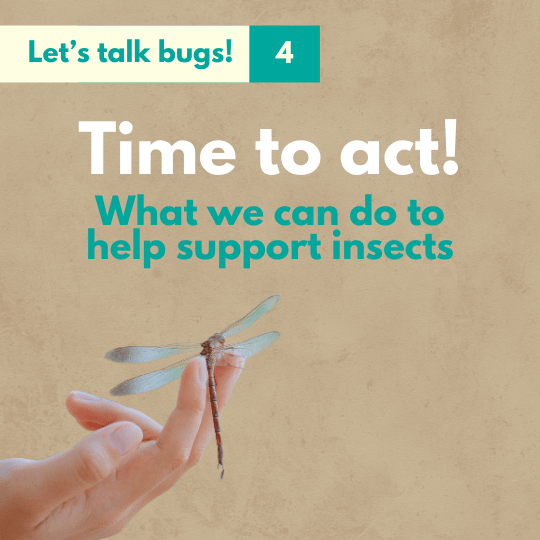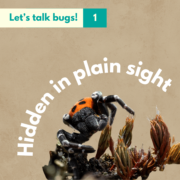
Written by

Ashton Melfor
Contents
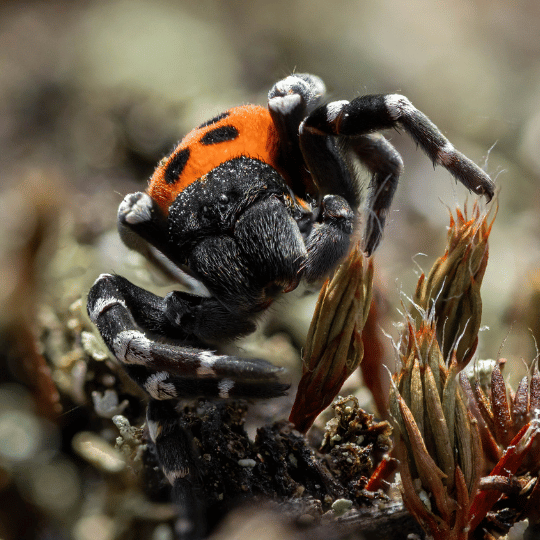
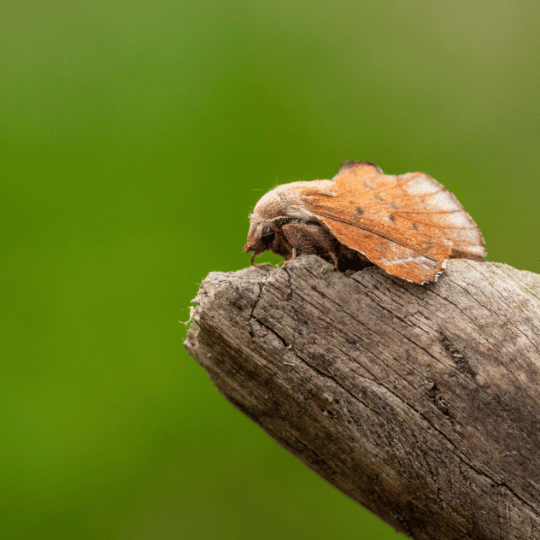

Photo credits: Ewout de Vos

Share this article
If it has 6 legs it’s an insect and if not it is something else.
With all the hustle and bustle going on in our lives, especially for those of us living in big cities, our time spent in nature is limited to short walks in nearby parks. Even when we do attempt to visit our national parks, some creatures often go overlooked. Many of these overlooked organisms belong to the phylum (group) of arthropods.
The reason why we use the word arthropod instead of insect is because all insects are arthropods but not all arthropods are insects.
Confused? Don’t worry, just look at the legs. If it has 6 legs it’s an insect and if not it is something else.
Examples of insects include:
- Bees
- Butterflies
- Beetles
- Praying mantis
Examples of non insect arthropods are:
- Shrimp
- Spiders
- Millipedes
- And yes even ancient trilobites
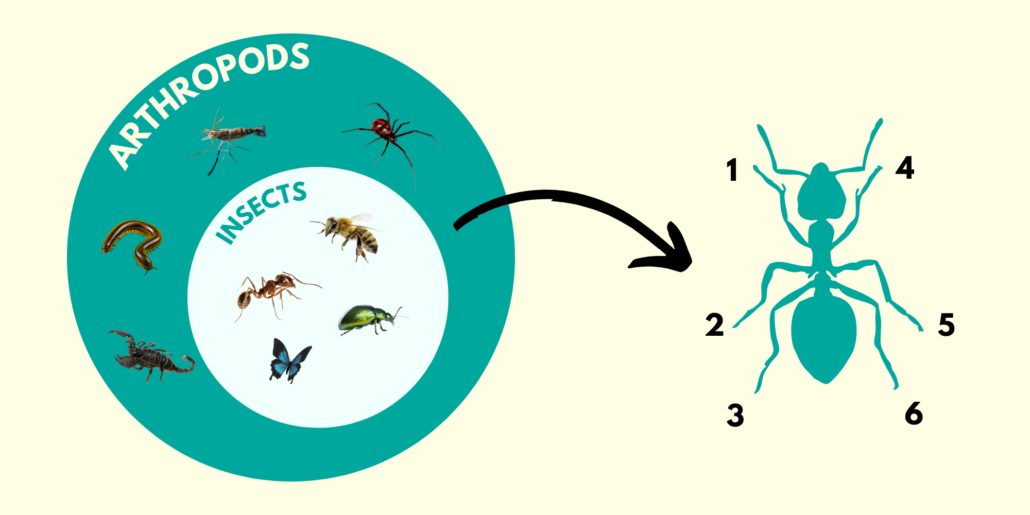
Let’s look at some of these arthropods that are often hidden in plain sight
One of the more unexpectedly cute ones is the Lady bird spider (Eresus sandaliatus). As with many species in nature, it is the male that boats such vibrant colours. Though they look fuzzy and cute, try not to pick them up as a bite can cause some discomfort. Spiders, even those that look more menacing, play an important role in our ecosystems. These arthropods are mostly predators, as such they control the population of other arthropods lower in the food chain. We call this top down control. In doing so they prevent any one species from becoming too dominant in the ecosystem.
Moving on to some flying arthropods, we have wild bees. Most people are familiar with honey bees and their importance in European agriculture. But did you know that out in nature wild bees are more important than honey bees? Certain bees specialise only on certain groups of plants like yellow asteraceae. There are even bees that parasitise other wild bee nests like the Cuckoo bees from the genus Nomada.
The final arthropod we want to highlight is the Aspen lappet (Phyllodesma tremulifolium). Unlike our first arthropod, the Lady bird spider, the Aspen lappet will definitely go overlooked during your next visit to your favourite Natura 2000 area thanks to its amazing camouflage. The ability to blend in with your surroundings has proven to be beneficial for both predators and pray alike. Praying mantises use it to ambush prey and moths and butterflies like the Aspen lappet use it to avoid becoming lunch. And have you ever wondered why moths are so fuzzy? Well, this is an adaptation that helps them avoid detection from predators and keep them warm so they can fly at night.
So next time you’re in nature don’t forget to keep an eye out for those cool arthropods hidden in plain sight!
More articles about biodiversity
Our mission
 YEE aims to unite environmental youth non-profit organisations in Europe in order to enhance international cooperation, increase knowledge about the climate crisis, raise awareness of environmental problems and to strengthen participation of youth in environmental decision-making.
YEE aims to unite environmental youth non-profit organisations in Europe in order to enhance international cooperation, increase knowledge about the climate crisis, raise awareness of environmental problems and to strengthen participation of youth in environmental decision-making.
Get in touch
Vinohradská 2165/48
120 00 Praha 2 – Vinohrady
Czech Republic
E-mail: yee@yeenet.eu


Financially supported by the European Youth Foundation of the Council of Europe. The views expressed do not necessarily reflect the official position of the Council of Europe




